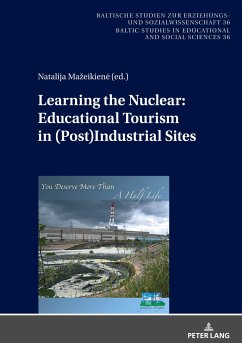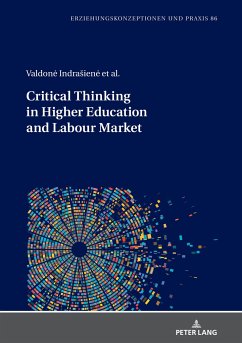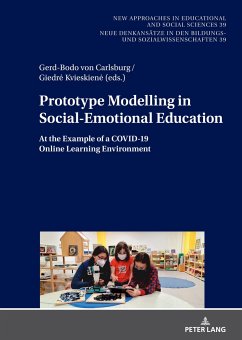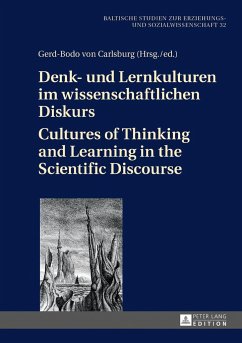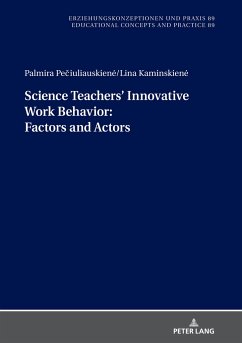
Discovering the New Place of Learning
Versandkostenfrei!
Versandfertig in 6-10 Tagen
59,95 €
inkl. MwSt.

PAYBACK Punkte
0 °P sammeln!
The book explores the potential of learning outside the traditional classroom when students gain real-world experiences in a variety of contexts and public spaces such as built, natural and virtual landscapes, museums, heritage sites, science centres and community venues. The authors of the book promote and put the flexible and 'plastic' concept of a place of learning into action by including physical geographical location, digital, virtual and textual spaces into the analysis. The book illuminates the importance of innovative educational strategies in connecting formal, non-formal and informa...
The book explores the potential of learning outside the traditional classroom when students gain real-world experiences in a variety of contexts and public spaces such as built, natural and virtual landscapes, museums, heritage sites, science centres and community venues. The authors of the book promote and put the flexible and 'plastic' concept of a place of learning into action by including physical geographical location, digital, virtual and textual spaces into the analysis. The book illuminates the importance of innovative educational strategies in connecting formal, non-formal and informal education - experiential learning in museums, heritage places and communities, inquiry-based pedagogy, digital storytelling, environmental online games, narrative geographies, and the use of geospatial technologies.





